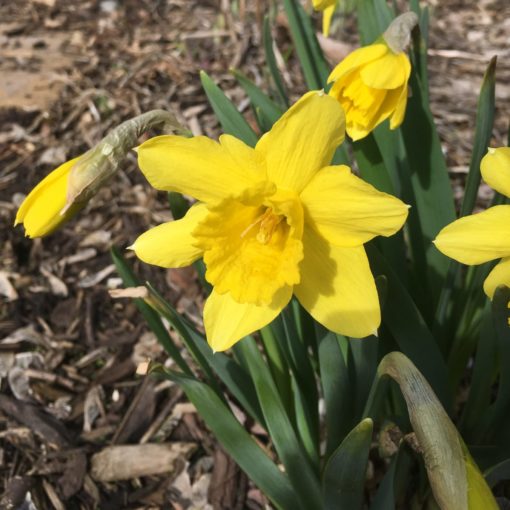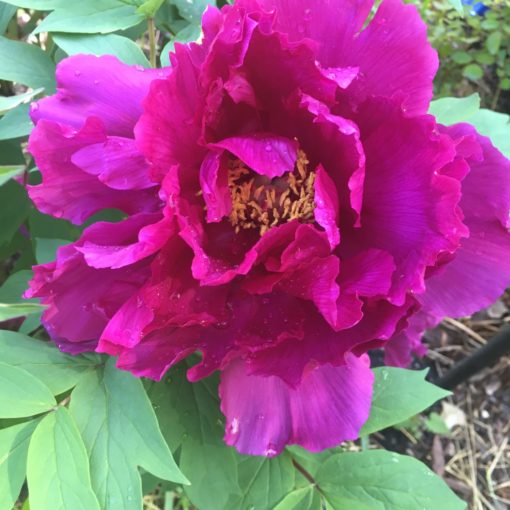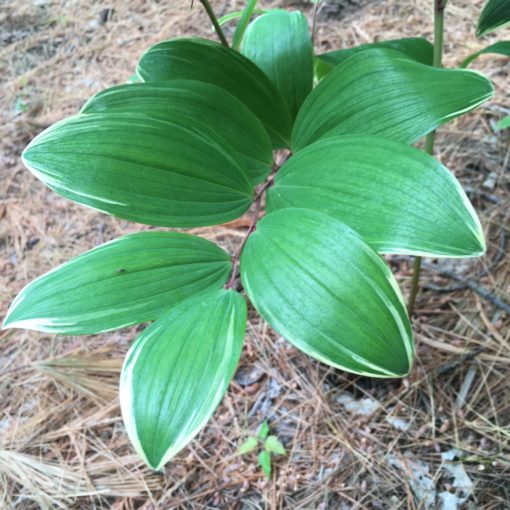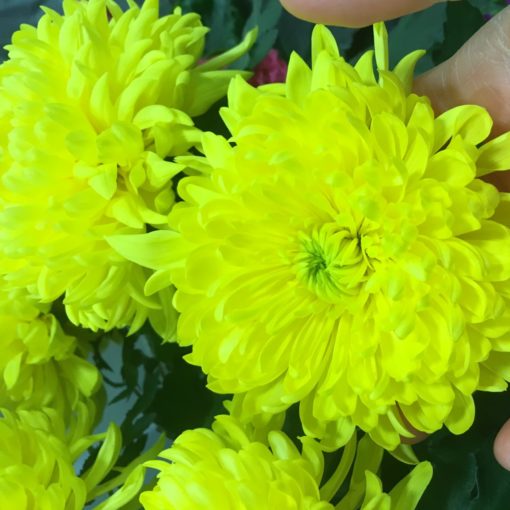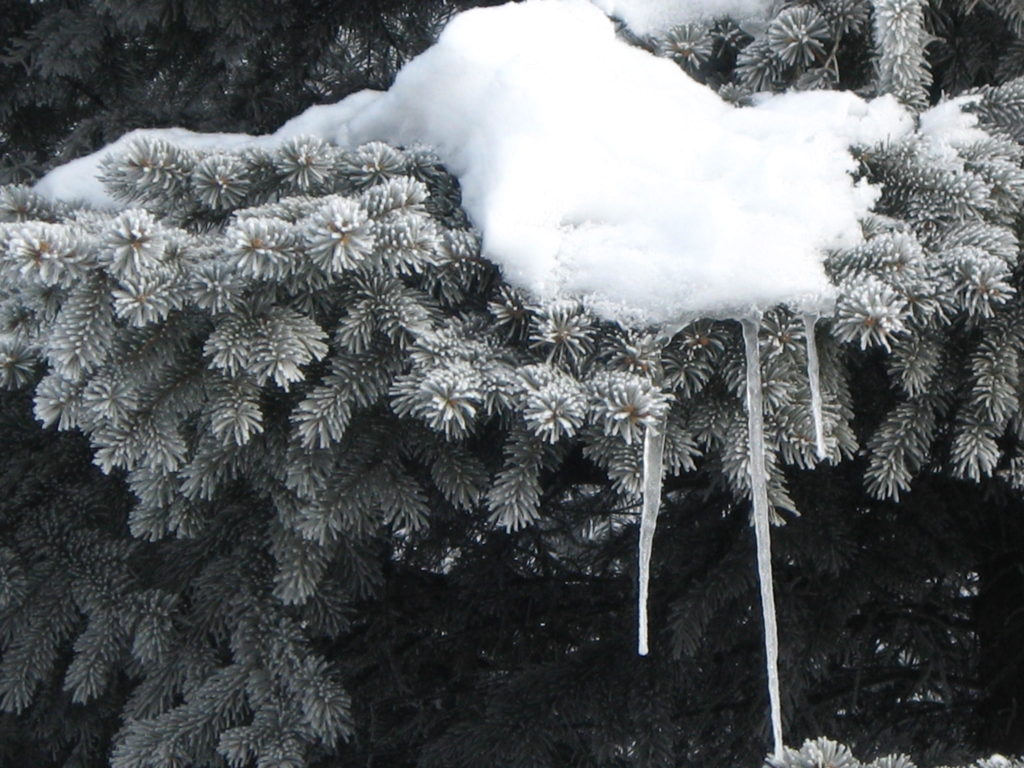
When you work outdoors, there are multiple factors that can impact the work that you do, the primary one being the weather. We experience every change of the seasons here in Minnesota and sometimes those changes can be less than pleasant. But what does that actually mean for the work that we do in the garden? Inclement weather can have a detrimental impact on our work when it creates unsuitable conditions for gardening and garden plants. Extreme temperatures can limit when planting, pruning, and other tasks take place. An additional concern with inclement weather is the way it impacts the efficiency of our teams in the field.
Rain
Excessive precipitation, especially several rainy days in a row, can saturate the ground both in garden beds and in the lawn, creating the perfect conditions that lead to compacting the soil. This can damage the roots of tender perennials, prevent seedlings from sprouting, as well as contribute to other problems. Compacted soil will not absorb water as easily as properly aerated soil, causing runoff and erosion, as well as the potential for standing water and muddy spots. Once the soil is compacted it can be nearly impossible to return it to its former state, which only highlights the need for care when encountering conditions that can negatively affect it.

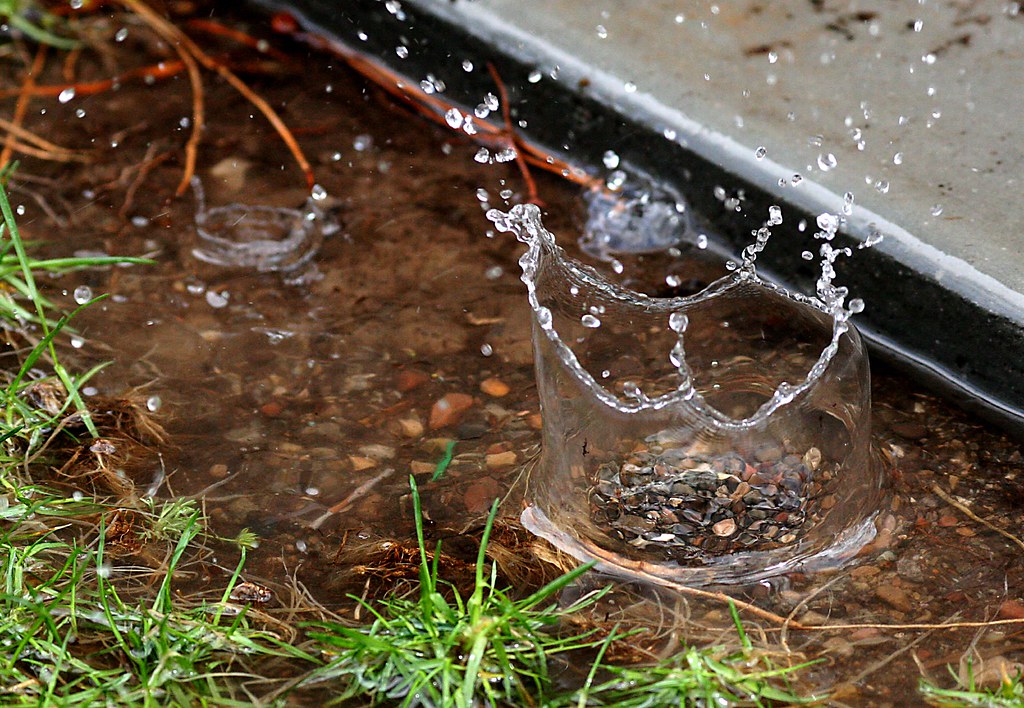
Wet conditions also impact our efficiency, creating mud and muck that slows us down by sticking to our tools, boots, and knee pads, and it needs to be cleaned off regularly to keep us cruising. This also means our clean-up will take longer as we try to leave no trace of our visit, other than your pristine gardens of course! Wet debris also presents a challenge in loading and unloading, creating more inefficiency as we have to create more loads of a smaller size to counteract the increase in weight that excessive rain will cause. Hauling wet leaves = 0% Fun
Thunderstorms bring a whole other layer of safety concerns to our work as outdoor professionals. OSHA regulations around lightning safety require us to take shelter during storms which obviously impacts our ability to work. Some days it is just better to call off the work that day rather than try to play hopscotch with lots of thunderstorm cells.
Snow
Snow cover makes it difficult to work as it covers the ground, obscuring debris and plants alike. Early in the season, it is already difficult to spot some perennials as they are barely popping up yet, and even a thin layer of snow only hides them all the better. We also run the risk of damaging plants by stepping on them when their tender buds are forming. In the fall, early snow makes clean-up difficult as leaves and other debris get buried and frozen together.
Injury from falls is also a major concern, and snow and ice increase this risk for our crews, as well as impacting driving safely with our trucks and trailers.
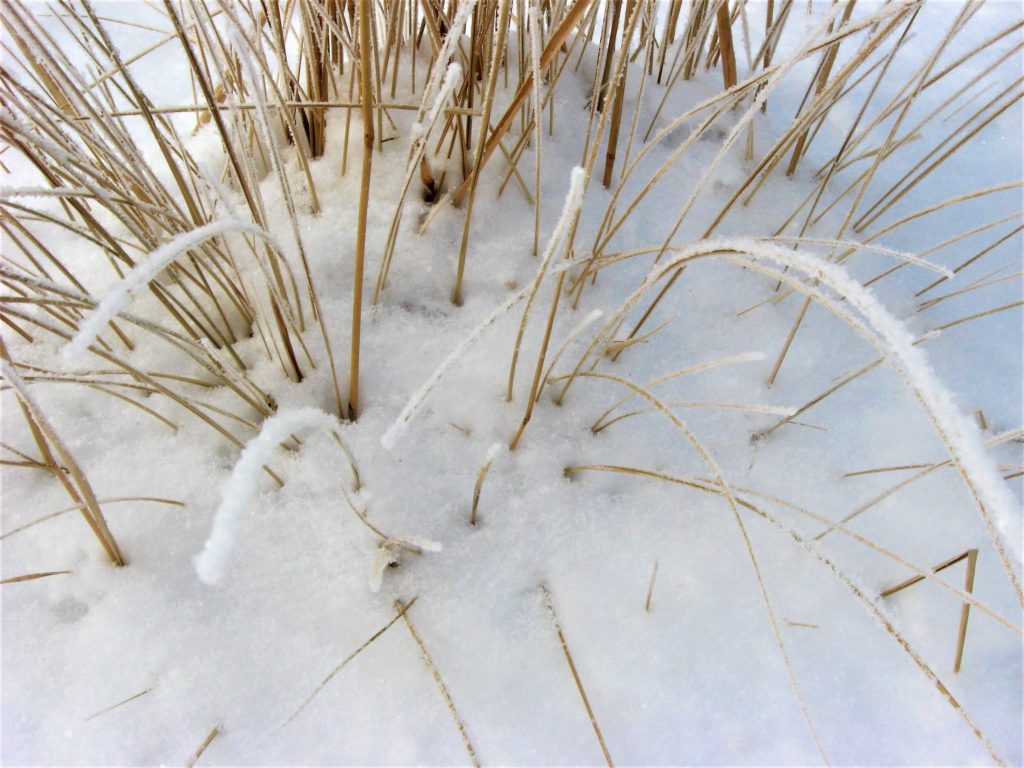
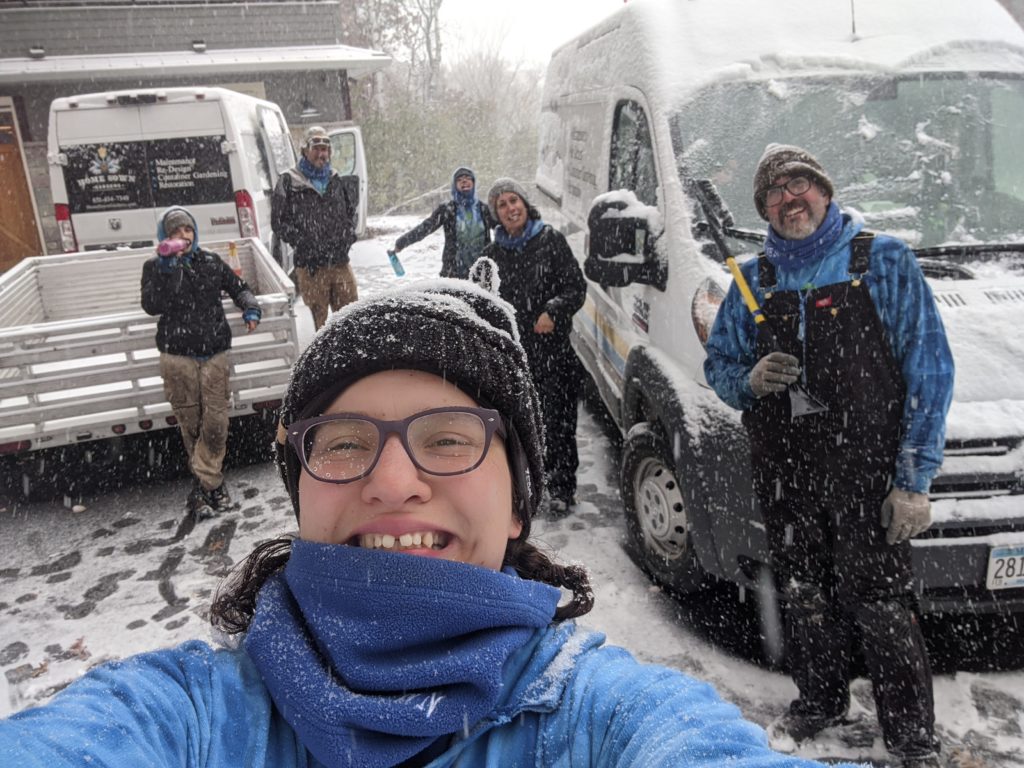
Cold
When it comes to tasks related to pruning shrubs and trees, below-freezing temperatures mean that is it unwise to prune certain species that are more prone to winter damage. Roses in particular are susceptible to dieback from cold temperatures, and cutting them only increases this risk. Similarly, evergreen shrubs such as yews, boxwoods, and junipers can experience tip dieback if they are exposed to freezing temperatures soon after being pruned. By waiting until the danger of frost has passed, typically mid to late May, we can protect these plants from additional damage.
Low temperatures can slow our teams down by requiring additional protection from the cold with extra layers, thick, insulated gloves, and hand warmers. These are all good tools to have to prevent cold injury, but they also can impact our efficiency by decreasing dexterity, reach, strength, and gripping power. Trying to unhitch a frozen trailer with two pairs of gloves and hand warmers is not a speedy endeavor!
When the extreme cold arrives, it can affect the efficiency of our small engines by freezing the contents of the machines, making it difficult to impossible to use them.
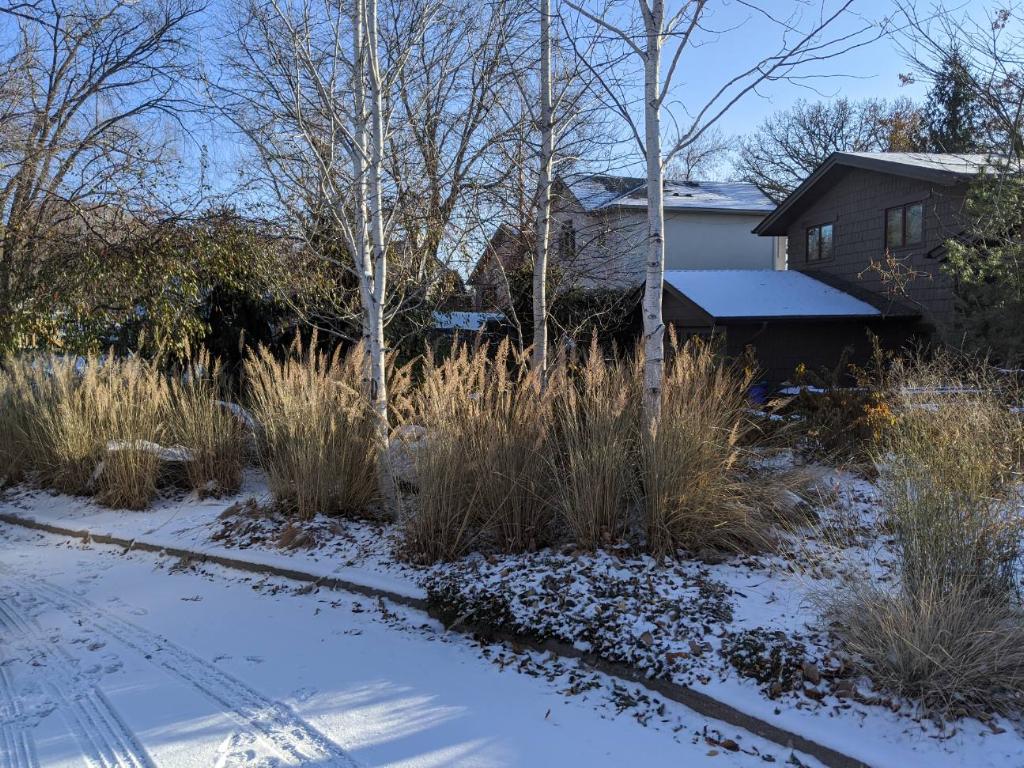
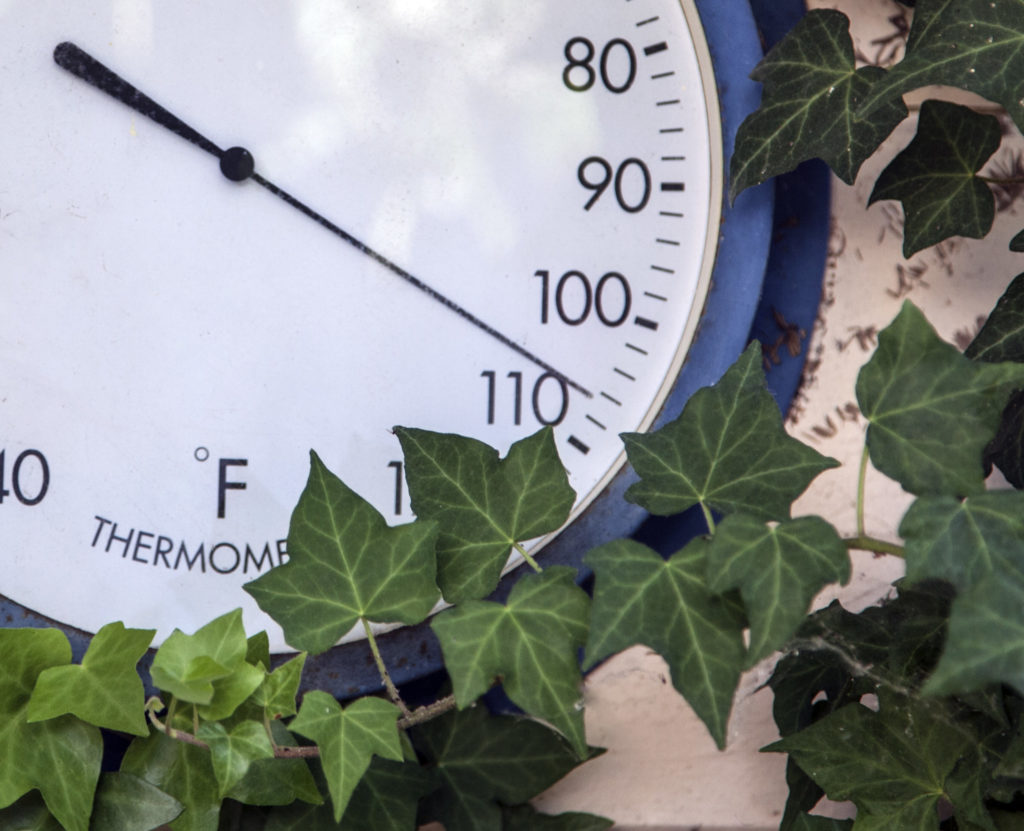
Heat
There are multiple ways that higher temperatures can affect our work in the gardens, both in relation to plants as well as people.
Heat is another form of stress for plants that makes it more difficult to perform specific maintenance tasks. Hot, dry weather needs to be considered when deciding whether to split, transplant, or install new plants in a garden, especially if access to reliable watering is an issue.
Hot weather contributes to wear and tear on small engines, which can become an expensive problem when we factor in the number of teams in the field and the number of small engine tools used.
Heat also impacts our efficiency as we strive to balance safety and health with being effective in our work. Regular shade breaks and increased hydration is important, but if temperatures are too high for these to be effective relief, we may need to call the workday to a close.
Because these weather conditions can't be controlled, vary wildly from location to location, and also influence things larger than just today's visit, you may have questions about why our visit was rescheduled. We are always happy to hear from you! Feel free to shoot us an email at info@homesowngardens.com or give us a call at 651-434-7349


